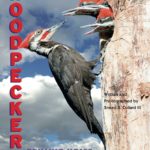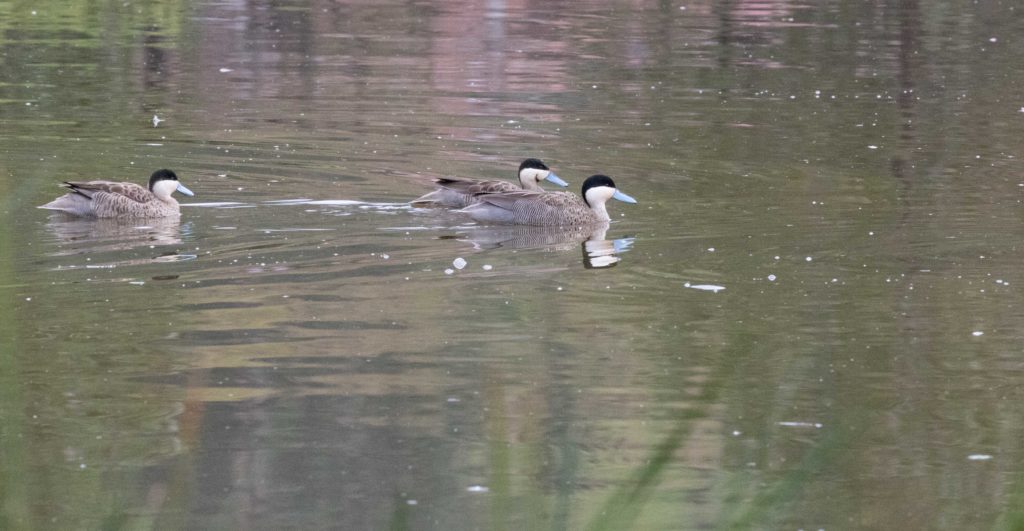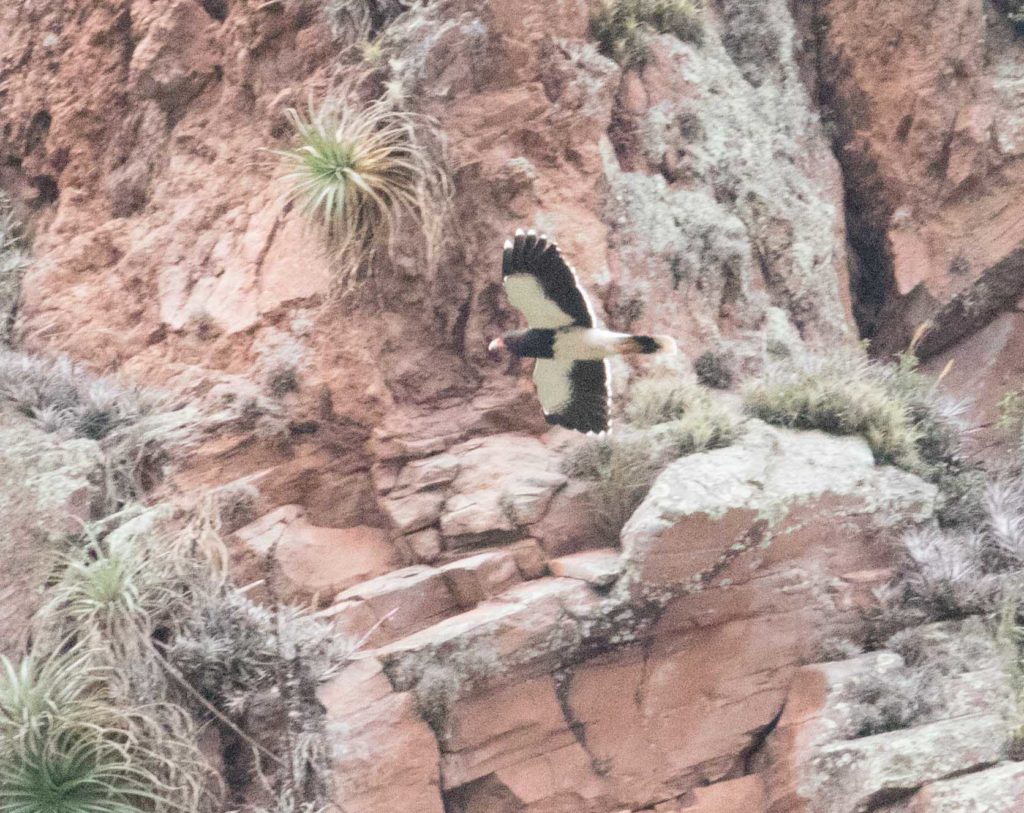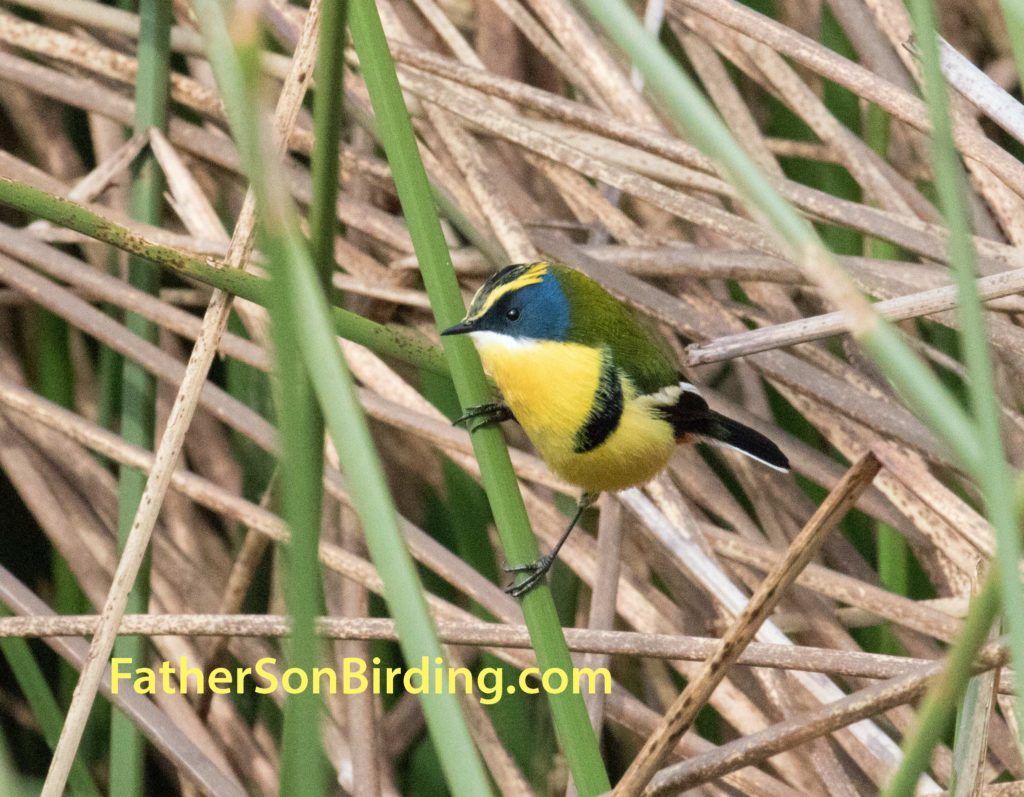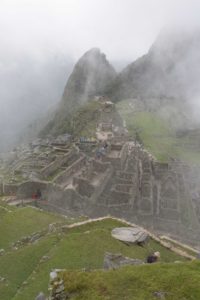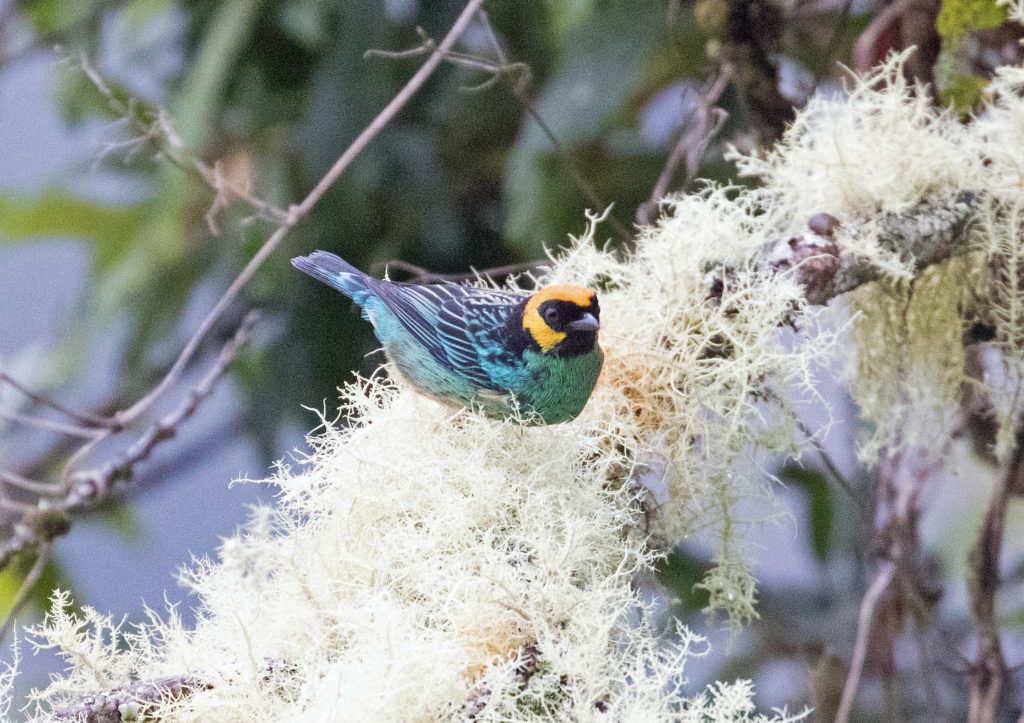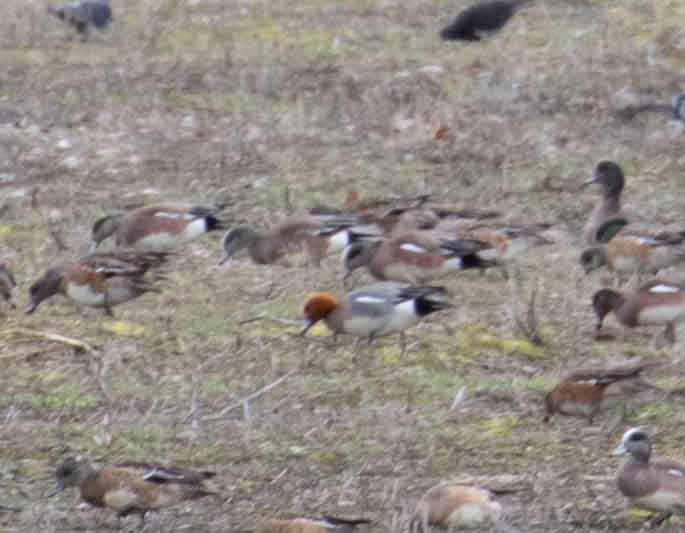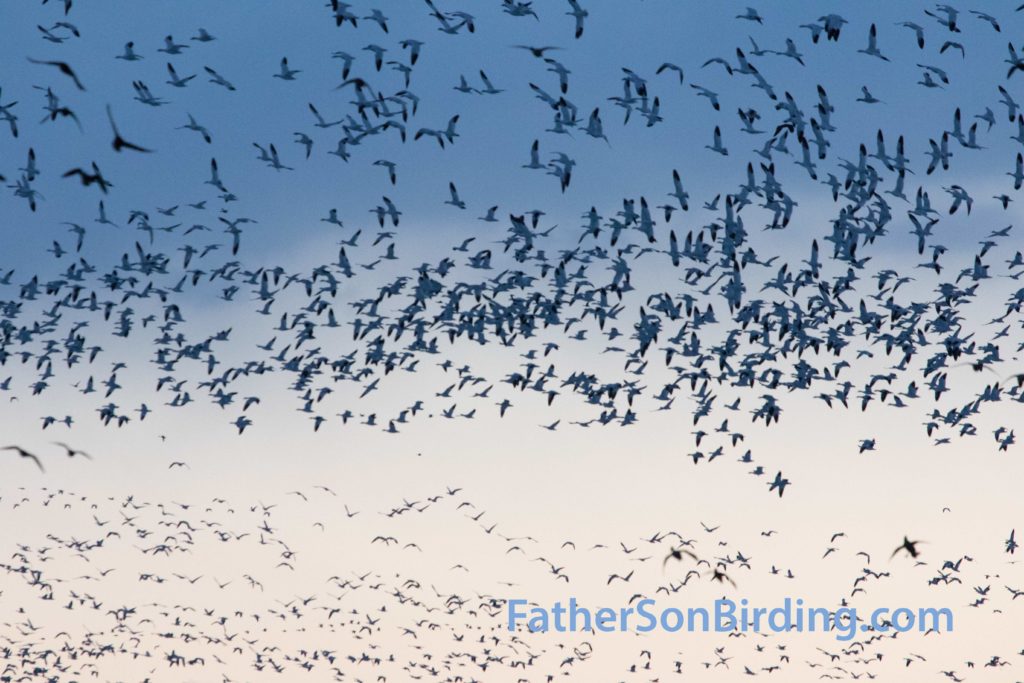When each calendar year begins in Montana, Braden and I always wonder which birds we’ll see—and which we’ll miss. Many species are gimmes. For others, we really have to luck out. Then there’s a whole column of birds that lie in between these two extremes. For us, sapsuckers are in between.

Red-naped Sapsucker at Lee Metcalf NWR (photo by Braden Collard)
We have two kinds in Western Montana: Williamson’s and Red-naped. Both are migratory so we’re never sure when they’ll show up. This year, we just happened to make our first real effort at finding them on Earth Day, April 22. We headed to Pattee Canyon, a place we’d had good success with woodpeckers before, and followed our dog Lola up the mountainside.
At first, results were disappointing. For the first fifteen minutes, the only bird we spotted was a solitary robin. As we began discussing what the problem might be, however, we suddenly heard a loud, throttling, dribbling, drumming sound. Braden and I spun toward it.
“That sounds like a sapsucker!” I exclaimed.
“It sure does!” said Braden.
But what kind? Though we can pick out sapsucker drumming from that of other woodpeckers, we haven’t yet learned to distinguish Williamson’s from Red-naped—and we’d seen both up Pattee Canyon. Moments later, however, we got our answer.
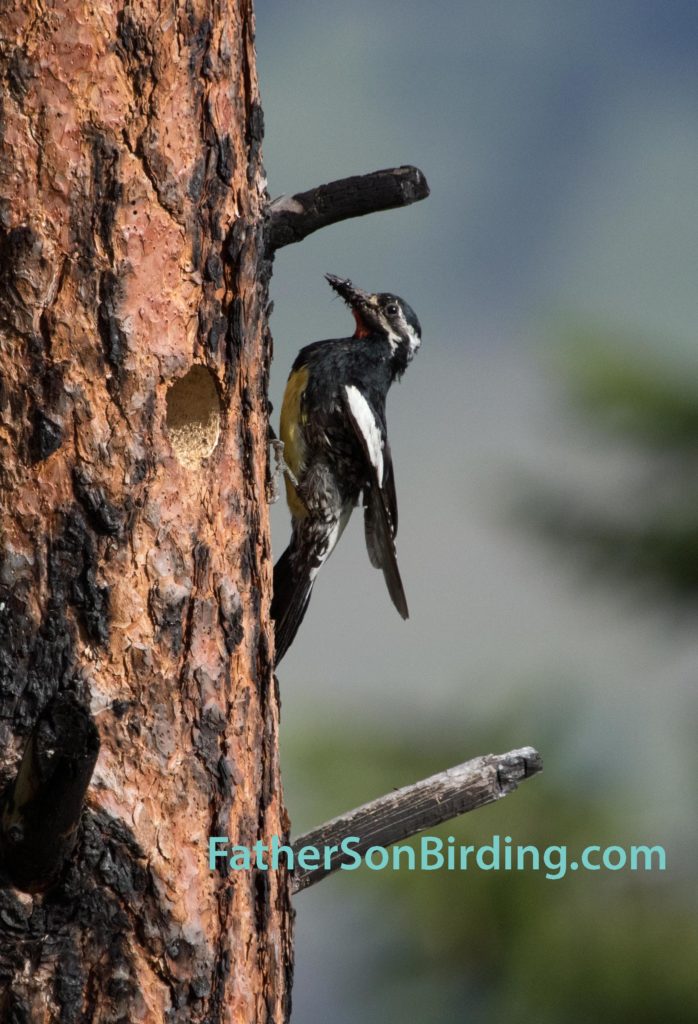
Williamson’s Sapsucker bring ants to babies (photo by Sneed B. Collard III)
“Williamson’s!” Braden shouted as a boldly-colored male flew from one ponderosa pine to another. Within moments, we were immersed in a sapsucker extravaganza. We heard drumming from three different directions. Then, we saw two males squabbling over a female. It was by far our most spectacular sapsucker experience ever.
The next morning, we picked up Braden’s birding buddy, Nick Ramsey, and headed to what has become our favorite local birding spot, the gravel quarry. Though a chilly forty degrees, the sun cast a spectacular light over the Missoula Valley, and the birds did not disappoint. Within half an hour, our day count passed thirty species including a slew of other “In-between Birds” such as Sandhill Cranes, Common Loons, and Horned Grebes. As we walked along the Bitterroot River, however, fresh sapsucker drumming again startled us. We hurried forward and within seconds, Nick raised his camera and said, “I’ve got a Red-naped!”
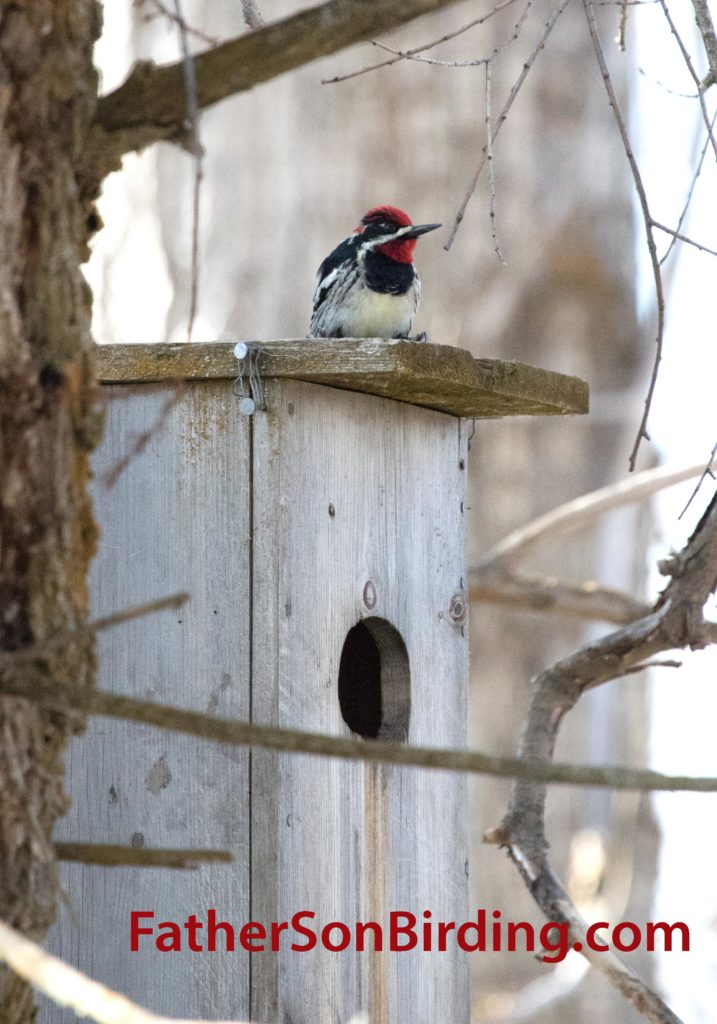
Red-naped drumming on a Wood Duck box. The Wood Ducks paddled nearby, looking none too pleased! (Photo by Sneed B. Collard III)
For the next hour, we enjoyed a veritable Red-naped convention, hearing and seeing at least four or five of the birds, obviously flush with courtship fever. The only sapsucker day that could rival it? Our previous day with the Williamson’s! We finished our two-hour session with more than fifty species, including a dozen Year Birds.
In-between Birds rock.
(To learn more about sapsuckers and other woodpeckers, check out my new book, Woodpeckers: Drilling Holes & Bagging Bugs!)

